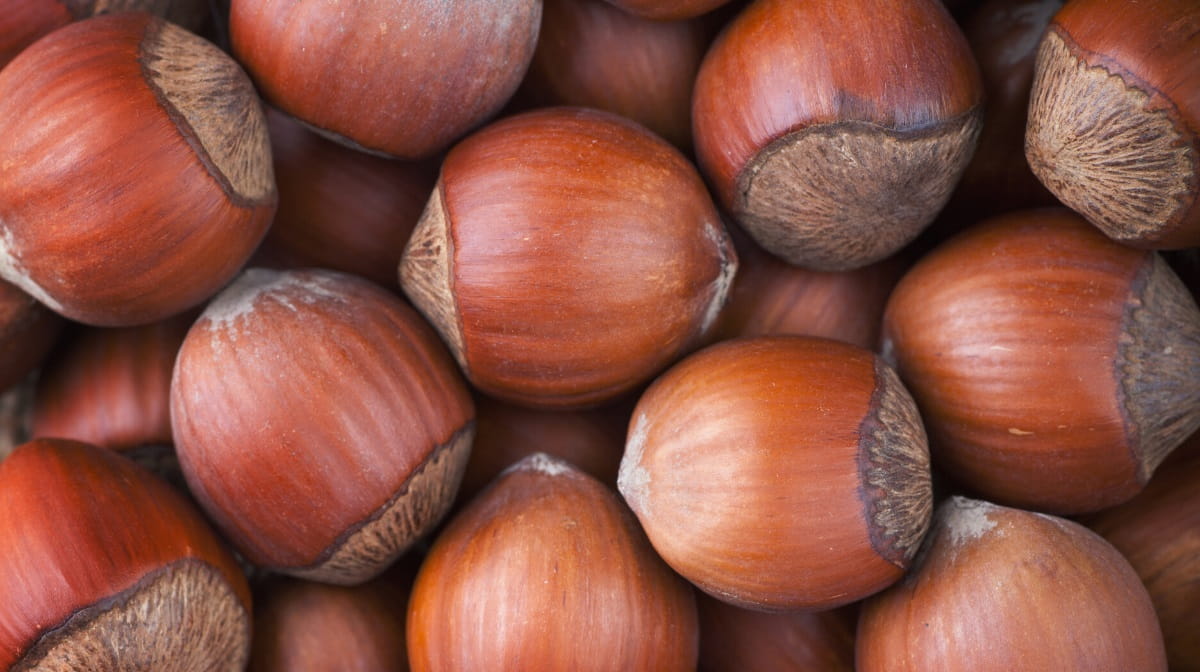Nuts are a delicious and nutritious snack, packed with protein, healthy fats, fiber, and essential vitamins and minerals. But with so many different types of nuts available, it can be overwhelming to know where to start. This guide will take you on a journey through the diverse world of nuts, exploring their unique flavors, textures, and nutritional benefits.

Tree Nuts
-
Almonds: These versatile nuts boast a mild, sweet flavor and a satisfyingly crunchy texture. They are a good source of vitamin E, magnesium, and fiber. Almonds can be enjoyed raw, roasted, or sliced, and are a popular addition to trail mixes, salads, and desserts.
-
Cashews: Known for their buttery richness and smooth texture, cashews are a versatile ingredient in both sweet and savory dishes. They are a good source of copper, manganese, and vitamin K. Cashews can be enjoyed raw, roasted, or ground into a creamy cashew butter.
-
Walnuts: These brain-shaped nuts have a slightly bitter, earthy flavor and a satisfyingly crunchy texture. They are a good source of omega-3 fatty acids, antioxidants, and fiber. Walnuts can be enjoyed raw, roasted, or chopped and added to salads, pasta dishes, and baked goods.
-
Pecans: These sweet and buttery nuts have a distinctive flavor and a slightly chewy texture. They are a good source of monounsaturated fats, vitamin E, and manganese. Pecans are often enjoyed raw, roasted, or candied, and are a popular ingredient in pies, cakes, and pralines.
-
Hazelnuts: These small, round nuts have a sweet, nutty flavor and a slightly crunchy texture. They are a good source of vitamin E, manganese, and fiber. Hazelnuts are often enjoyed roasted and chopped, and are a key ingredient in Nutella and other chocolate spreads.

Legumes
-
Peanuts: Although technically a legume, peanuts are often grouped with tree nuts due to their similar nutritional profile and culinary uses. They have a rich, savory flavor and a slightly crunchy texture. Peanuts are a good source of protein, fiber, and niacin. They can be enjoyed raw, roasted, or ground into peanut butter.
-
Soybeans: Another legume often considered a nut, soybeans are a versatile ingredient used in a variety of forms, including edamame, tofu, and soy milk. They are a good source of protein, fiber, and isoflavones.
Other Types of Nuts
-
Macadamia nuts: These buttery, smooth nuts have a delicate flavor and a satisfyingly crunchy texture. They are a good source of monounsaturated fats, vitamin B6, and manganese. Macadamia nuts are often enjoyed raw, roasted, or chopped and added to desserts and salads.
-
Brazil nuts: These large, triangular nuts have a rich, nutty flavor and a slightly chewy texture. They are a good source of selenium, magnesium, and vitamin E. Brazil nuts should be consumed in moderation due to their high selenium content.

Choosing and Storing Nuts
When choosing nuts, look for those that are fresh and free from mold or damage. Store nuts in an airtight container in a cool, dry place to maintain their freshness.
Enjoying Types of Nuts
Nuts are a delicious and nutritious snack that can be enjoyed in many ways. They can be eaten raw, roasted, chopped, or ground into nut butters. They can also be added to salads, yogurt, granola, and baked goods.
So next time you're looking for a healthy and satisfying snack, reach for a handful of nuts. With their diverse flavors, textures, and nutritional benefits, there's a nut out there for everyone to enjoy.



